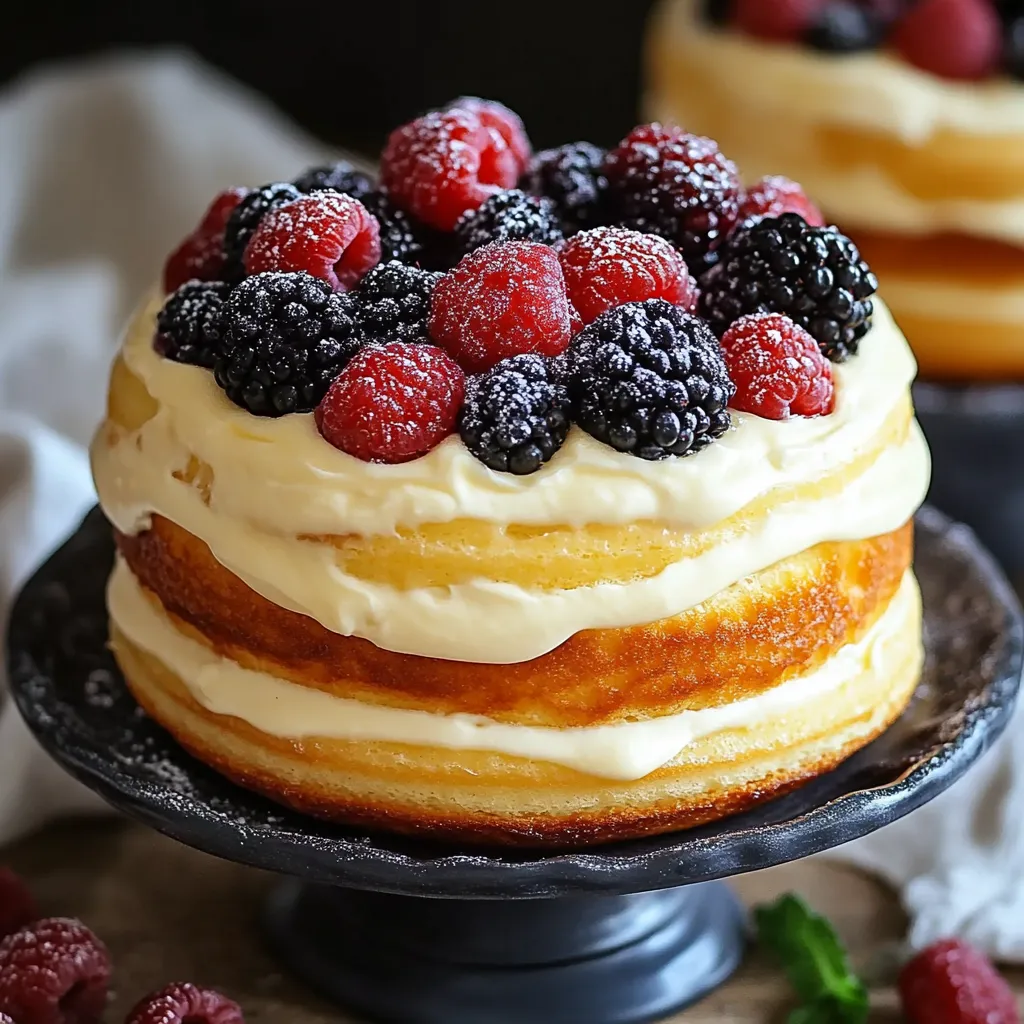 Save
Save
This flaky, indulgent homemade cronut recipe brings the famous croissant-donut hybrid right to your kitchen. After perfecting these golden pastries over countless weekend baking sessions, I can promise they're worth every minute of preparation.
I first attempted these after waiting in a two-hour line at a famous bakery only to find they were sold out. My family now requests these for special weekend breakfasts, and the kitchen always falls silent when everyone takes their first bite.
Ingredients
- All-purpose flour: Provides structure while keeping the interior tender
- Sugar: Balances the richness and aids in browning
- Salt: Enhances all flavors; look for kosher or sea salt for best results
- Cold unsalted butter: Creates the essential flaky layers; use European-style butter for extra richness
- Warm milk: Activates the yeast; ensure it's just warm to touch, not hot
- Active dry yeast: Creates the rise and lightness; make sure it's fresh
- Egg: Adds richness and helps bind the dough
- Vanilla extract: Infuses aromatic flavor; use pure rather than imitation
- Vegetable oil for frying: Choose a neutral oil with high smoke point
- Sugar for coating: Creates that classic sweet exterior
- Pastry cream or whipped cream for filling: Homemade is best but store-bought works
- Additional vanilla extract: For enhancing the filling flavor
Step-by-Step Instructions
- Activate the yeast:
- Warm the milk to about 110°F, then sprinkle yeast over the surface and add a pinch of sugar. Let it sit undisturbed for 5 minutes until foamy and fragrant. This activation ensures your dough will rise properly.
- Create the base dough:
- In a large bowl, whisk together flour, sugar, and salt. Add the cold cubed butter and use a pastry cutter or your fingertips to work it in until the mixture resembles coarse crumbs with some pea-sized pieces remaining. The cold butter pieces are crucial for creating those flaky layers later.
- Form the dough:
- Pour in the activated yeast mixture along with the egg and vanilla extract. Mix gently with a wooden spoon until the dough starts coming together. Turn onto a lightly floured surface and knead for 5-7 minutes until smooth but still slightly tacky.
- First refrigeration:
- Wrap the dough tightly in plastic wrap and refrigerate for one hour. This chilling time relaxes the gluten and firms up the butter, making the next steps easier and ensuring flaky layers in the final product.
- Laminate the dough:
- On a lightly floured surface, roll the chilled dough into a large rectangle about 1/4 inch thick. Fold the dough like a business letter, bringing the bottom third up and the top third down. Rotate the dough 90 degrees and repeat the rolling and folding two more times. This process creates the signature flaky layers.
- Shape and proof:
- Using a donut cutter or two round cutters of different sizes, cut out donut shapes from the laminated dough. Place them on a parchment-lined baking sheet and let rise in a warm spot for 30 minutes until slightly puffy.
- Fry to golden perfection:
- Heat oil in a heavy pot to exactly 350°F, monitoring with a thermometer. Carefully lower cronuts into hot oil, frying 2-3 at a time to avoid crowding. Cook for 2-3 minutes per side until deep golden brown, adjusting heat as needed to maintain temperature.
- Finish and fill:
- While still warm, roll each cronut in sugar to coat completely. Once cooled slightly, use a piping bag fitted with a small tip to inject pastry cream or whipped cream into the sides of each cronut, moving the tip around to distribute filling evenly.

My absolute favorite moment with these cronuts was watching my father-in-law, a traditional French pastry enthusiast, take his first bite and declare them better than anything he had tasted in Paris. The secret is in the temperature control throughout the entire process.
Mastering the Lamination
Successful cronuts depend entirely on maintaining cold temperatures during the folding process. If your kitchen is warm, return the dough to the refrigerator for 15 minutes between each fold. The butter must remain cold enough to stay solid but pliable enough to roll without breaking through the dough layers. When you notice the dough becoming too soft or the butter beginning to melt, immediately refrigerate it. This patience creates the signature honeycomb texture inside that makes cronuts so special.
Filling Variations
While traditional pastry cream is delicious, these cronuts become extraordinary with creative fillings. Try chocolate ganache, lemon curd, dulce de leche, or maple cream. For special occasions, consider infusing your pastry cream with espresso, matcha, or fruit purees. My family favorite is a simple vanilla bean pastry cream with tiny specks of real vanilla. Regardless of which filling you choose, allow it to chill completely before piping to prevent it from melting into the warm pastry.
The History Behind Cronuts
The cronut was invented in 2013 by pastry chef Dominique Ansel in New York City, creating a worldwide sensation that had people waiting hours in line and paying premium prices on the pastry black market. While the original recipe remains a closely guarded secret, this homemade version captures the essence of what made the cronut revolutionary the flaky layers of a croissant with the satisfying fried goodness of a donut. Making them at home connects you to this fascinating culinary innovation while letting you avoid the infamous lines.
Recipe FAQs
- → How do I achieve flaky layers?
Ensure the butter and dough stay cold while folding, and refrigerate between folds for the best results.
- → What oil is best for frying?
Vegetable oil works well for its neutral flavor and high smoke point, ensuring even frying.
- → How can I tell if the dough is ready for frying?
After cutting into shapes, let the dough rise until slightly puffed and light to the touch.
- → Can I use different fillings?
Absolutely, try alternatives like chocolate ganache, fruit jam, or whipped cream for variety.
- → How do I store leftover cronuts?
Store them in an airtight container for up to a day, but they are best enjoyed fresh.
